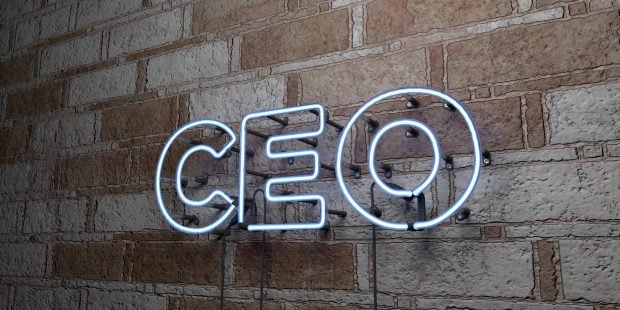Zara is the flagship store of the Inditex group, the world's largest clothing retailer. The company is an excellent example of how putting the customer in control, having collaboration infused into the culture, building seamless communication into the organization, using big data in day-to-day operations and implementing very effective processes has built one of the world's most successful companies. The New York Times published a feature article on Zara.
Zara is the oldest and biggest brand of Inditex. Inditex essentially pioneered fast fashion, resulting in trendy, well-made and inexpensive products sold in 5,900 high-end looking stores in 85 countries. It manufactures 840 million garments a year. Its founder, Amancio Ortega Gaona is the world's third richest person.
Jesus Echevarría, Zara's communications director, explained, "We must have a dialogue with the customers and learn from them." This lesson can be applied to credit unions to bring member focus to new heights as well.
Recommended For You
Zara focuses on understanding the items that its customers actually want. This differs from traditional prediction of seasonal trends, and then promoting the line. Inditex does not advertise. Instead the company invests heavily in the beauty, historical appeal and location of its shops. Zara's strategy is to locate their stores as close to the highest end luxury stores as possible. The customer associates the location with the quality product, in addition to convenience.
The company monitors customer reactions carefully. It notes what they buy and don't buy. It records their feedback to the staff and is reported to headquarters daily. It is transmitted to a vast team of in-house designers, who quickly develop new designs. The factories then manufacture clothes based on these designs. If Zara stores in London, Tokyo and São Paulo all have customers responding enthusiastically to a specific item, the company can very quickly deliver more of these. Moreover, customer feedback about recommended changes to a product can be accommodated as well.
Customer demand drives store deliveries. Often specific items are adjusted according to customer feedback. Zara generally ships only a limited number of items in each style to a store. In doing so, the company keeps its stock fresh with very little leftover. Merchandise moves very quickly and customers know that they will be buying something nearly unique. Furthermore, Zara customers realize that since the fashions turnover and change quickly, they must buy it now or never; because the prices are so low, they buy it now.
Zara's innovative approach has been disruptive to the industry. Traditional ready-to-wear companies had stocked stores in spring and fall, with smaller shipments throughout. Because of Zara, about half of the high-end fashion companies, like Prada and Louis Vuitton, now make four to six collections instead of two each year.
Zara succeeds in ways that traditional fashion firms cannot. Traditional firms seek cheap labor, sending their designs to independent factories in countries like China and India. Inditex manufactures most of its items in factories located in more costly labor markets. The trendiest items are made closest to home. This allows the entire production process to take about two to three weeks. Greater flexibility, smaller inventory cost and faster turnaround speed offset higher labor costs.
Zara uses the voluminous data it collects to gain insights into the global market. They might observe that what is fashionable in Istanbul may also be so in New York. They meet with the designers to decide whether there is a true trend. Inditex takes the fashion pulse of the world and responds accordingly with customer focused products.
By taking customer focus to new heights, Inditex grew during the financial crisis. In the last five years, its annual sales have grown to 13.8 billion euros from 9.4 billion euros. Its profit has risen to about 2 billion euros a year. Zara's customer-focused business strategy has delivered impressive results and created customer loyalty. Credit unions can learn many lessons on how laser-sharp member focus creates enormous results.
Stuart R. Levine is chairman/CEO of Stuart Levine & Associates. He can be reached at (516) 465-0800 or stuartlevine.com.
© Touchpoint Markets, All Rights Reserved. Request academic re-use from www.copyright.com. All other uses, submit a request to [email protected]. For more inforrmation visit Asset & Logo Licensing.






